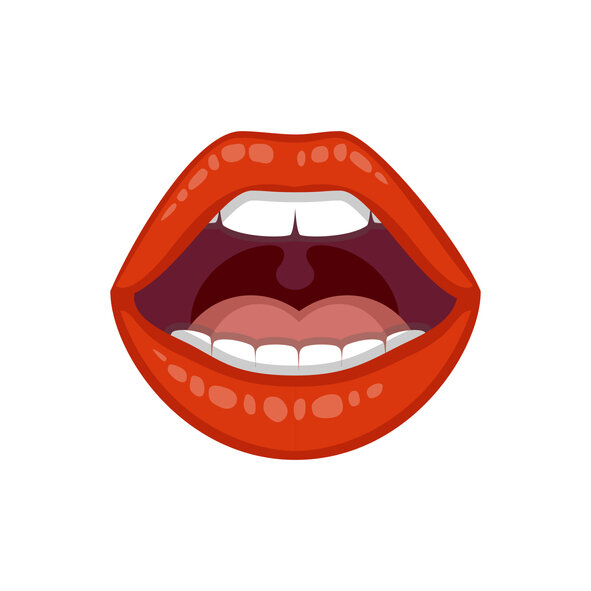What Is The Mallampati Score and Why Knowing It Could Have A Huge Impact On Your Health
What Is The Mallampati Score?
Dr. Seshagiri Rao Mallampati is an anesthesiologist who first proposed the system in 1985. When patients undergo general anesthesia, a tube has to be placed in the throat (intubation): the smaller the throat, the more difficult the placement. (1)
The Mallampati Classes I To IV
Class I means a nice wide open airway where the entire uvula is visible. Class II means that the tongue is touching the uvula, but the airway is still large enough. Class III means that only the base of the uvula can be visualized and the airway is definitely trending towards being too small. Class IV means that the entire soft palate and uvula are covered and it is the worst class to be in.
Sleep Apnea Is Worse Than We Think
The lack of the ability to maintain your airway while you sleep can lead to sleep apnea. People who suffer from it wake up repeatedly. Fourteen percent of men and five percent of women suffer from it. (2) It is estimated that up to 80% of cases go undiagnosed and untreated. (3) If you want more information on sleep apnea, read my previous post.
What Causes Sleep Apnea?
Some of the causes of sleep apnea are having large tonsils, having a large tongue, having small jaws, having a deviated septum, allergies, or sinus problems. The items I mentioned have to do with the ability to breathe through your nose or mouth to maintain your airway, and so the Mallampati classification is relevant. Sleep apnea and too little sleep can lead to high blood pressure, stroke, heart failure, irregular heartbeat and heart attack, diabetes, depression, tooth grinding, and worsening of ADHD. (4)
Lack of sleep is a HUGE health risk!
Sleep Studies Are The Gold Standard, But Difficult
Because of the diagnosis's complexity, sleep studies are considered the best way to determine whether sleep apnea exists. The technical term for a sleep study is polysomnography or PSG. Problematically, it requires expert technical service and is a costly and time-consuming procedure. I think this is one reason many people avoid the diagnosis. Fortunately, at-home sleep studies are now available, so it is possible to diagnose sleep apnea without a sleep clinic. However, a more straightforward approach with a lower cost would be nice. We may now have one.
Why The Mallampati Score Matters For More Than Just Anesthesiology
A decade-old study erroneously concluded that the Mallampati classification, although useful to anesthesiologists, is associated with sleep apnea but does not significantly modify the likelihood of sleep apnea. (5) However, they failed to characterize the patient's other physical attributes, including age, height, weight, BMI, neck/waist circumference, hip circumference, and hip to waist ratio. A much more recent study did just that and found the possibility of sleep apnea in patients 51 years and older with a Mallampati score of 3 or more, and neck circumferences greater than 36cm was estimated to be 94.16%. (6) They also found a 90% predictive value in female patients with BMI greater than 35.8 aged 44 years and older and about the same in male patients with a Mallampati score of 2 and above and a hip circumference of 112cm.
Why I Use THe Mallampati Score
The bottom line is that the Mallampati score is a useful measurement, but it will not replace sleep studies just yet. When I see a score of 3 or 4, I know the airway is compromised. Additionally, because the research I cited used a combination of measurements when I have an overweight patient with high blood pressure and tooth wear, I become suspicious that one of their problems is poor sleep and possibly sleep apnea. The main symptom of poor breathing while sleeping is daytime drowsiness, so I always ask whether the patient is experiencing it. If the evidence is strong enough, I make the appropriate referrals.
Treatment Options For Airway Problems And Sleep Apnea
Obviously, sleep specialists are very critical, and CPAP machines have helped countless patients. Dentists can also make appliances for sleep apnea that have great efficacy. Orofacial myofunctional therapy is indispensable. Orofacial myofunctional therapists use a combination of exercises and appliances to correct problems associated with tongue posture and much more. For more on the subject, read the guest post by Brittny Sciarra. Orthodontics and oral maxillofacial surgery to correct jaw size discrepancy can help in many instances. Ear nose and throat specialists can help when large tonsils, sinus problems, or a deviated septum are issues. Allergists may also be part of the team. Low muscle tone may be of neurological origin, but toxicology and nutrition may also be a factor. Therefore neurologists, nutritionists, and toxicologists can be part of the team.
Early Intervention Is Crucial
One final important note. The problems and the specialists that deal with them that I just mentioned are best caught and treated in childhood. Breathing problems can lead to facial deformities, which lead to more breathing problems. Typically, the treatments are much less invasive and costly. For instance, the arch can be expanded with inexpensive appliances in children but may require complicated surgeries and orthodontics in adults. I have written extensively about this topic before here.



